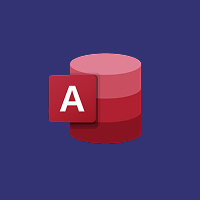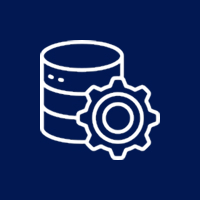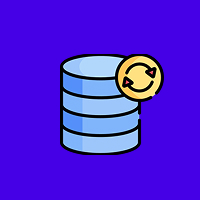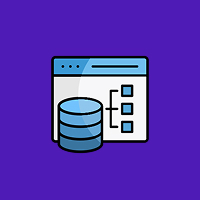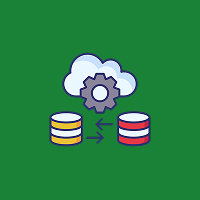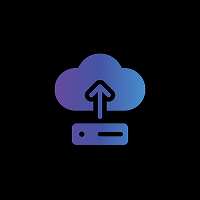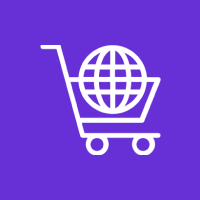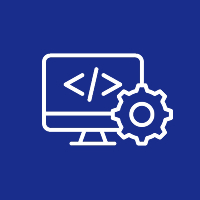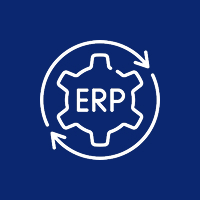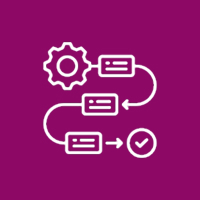In a world where time equals money and everything happens in an instant, nobody likes to wait. Even a couple of seconds can have a negative impact on your bounce rates, conversion rates, and SEO rankings. And with organizations that are using DNN (DotNetNuke), it’s often hard to pin down the exact cause of performance issues. It may be misconfigured modules, outdated modules, inline modules, large content files or limitations of the web host – either way, all the causes are legitimate in their own right.
The great news, however, is that you don’t need to rebuild your website or switch to another platform! There are a ton of practical steps you can take to make your DNN website run faster and more efficiently. In this post, I wanted to present to you ten practical ways you can improve the performance of your DNN site and ultimately improve the user experience.
1. Activation of Caching
Caching is one of the most powerful tools available to you in your optimization toolbelt. Caching can prevent the re-generation of content on each request, saving time and server resources.
- Page Output Caching will create static versions of your pages and deliver them quickly without ever hitting the backend for database reads, making quick and efficient delivery of web pages to users possible.
- Module Caching allows each module’s output to be stored and to be re-used for additional module loads on the page, limiting database and processing loads.
- Host-Level Caching Settings can be adjusted through the DNN host settings and can apply caching rules on a site-wide basis and be implemented in accordance to each site’s unique requirements.
If your host environment provides a platform for memory caching, use it! The faster the cache, the better it will be for your website. If you have enough RAM, using memory caching will limit the number of database calls and turnaround time for page delivery.
2. Optimize Images and Media Files
Large image files are one of the most common causes of website bloat. If your DNN site contains any type of banners, galleries, or background images, it is critical to optimize them for the web.
- Compress images using tools like TinyPNG, ImageOptim, and plugins built-in to your CMS.
- Use a modern file format such as WebP for photos and SVG for icons or logos.
- Be sure to resize images correctly before uploading them instead of relying on the browser to resize it properly for you.
- Whenever possible, use a Content Delivery Network (CDN) to load your assets (integrate images and videos) to release some of the bandwidth usage from your server.
Another thing to consider is performing a media library audit, which will help you delete any unwanted files that may adversely affect your performance.
3. Use a Content Delivery Network (CDN)
When you use a CDN, it caches your static files, which includes images, JavaScript and CSS, across multiple servers around the globe. When a visitor comes to your website, the CDN will load the files from the server closest to the visitor, which minimizes latency and improves loading times.
Using a CDN will always work to your benefit, especially if you are serving a global audience or expecting traffic spikes. Platforms like Cloudflare, StackPath and Azure CDN, work seamlessly with DNN and offer built-in performance and security features.
4. Eliminate Unused Modules, Themes, and Extensions
As DNN sites age, they collect modules, extensions, and themes that are no longer being used. Inactive items can take up space, slow your site load times, and expose security issues.
- Audit the installed extensions you have and eliminate any unused ones.
- Disable modules that are not currently running on your site.
- Retain only the themes and skins you use.
- Always make sure that active modules are using the latest release for the best performance and security.
Streamlining your site’s functionality will not only speed it up, but it also simplifies maintenance tasks in the future.
5. Optimize The Database
DNN depends heavily on SQL Server databases and often the performance relies on the expertise of how well the database is being managed.
- Regularly run maintenance tasks like re-indexing, updating statistics, and shrinking usage space.
- Evaluate custom queries you are doing in 3rd party modules or perhaps your own code and optimize those if necessary.
- Avoid performing large joins and pulling large data sets unless absolutely required.
- Archive or delete older content and user logs if they are not needed anymore.
Overall, a well-maintained database will provide quicker query execution, fewer timeouts, and better response time throughout your site.
6. Minify your CSS, JS, and HTML Files
Every website sends CSS, JS and HTML files to the web browsers. If the files are large or inefficiently structured, they will increase the page load times even further. Minifying is a process that removes unnecessary spacing, code comments, and symbols from code, typically resulting in smaller file sizes.
- If all your files are already minified, enable DNN’s built-in compression mechanisms for resources in the site settings.
- Use automated build tools and/or modules which minify your code automatically before deployment.
- Bundling files means combining all scripts/stylesheets into a single file. This should reduce the number of separate HTTP requests from the browser to your web server.
Doing all of the above will greatly help to load pages faster, especially for users with slower internet connections.
7. Monitor and Optimize Server Performance
Even an optimized site will load slowly on an under-powered or overloaded server. It’s critical to monitor the health of your server and scale it when necessary.
- Keep tabs on your CPU and memory usage during peak usage times.
- Use a monitoring tool on your server to find bottlenecks in performance.
- If you’re on shared hosting and having performance problems, you might consider dedicated/shared or cloud hosting, or looking for vendor hosting options.
- Enable gzip compression on your hosting server environment to reduce the file transfer sized between a web server and the web browser.
Keep in mind that your hosting environment is a major factor in how fast your site loads. Investing in quality infrastructure will pay off in the long run.
8. Keep Your DNN Version Within Supported Versions
With each new DNN update, you will see improvements to performance, security and compatibility. If you’re on an earlier version of DNN, you’re probably missing out on some great features and improvements.
- Check for new releases and updates frequently.
- Back up your site prior to upgrading and test changes in a staging environment.
- Ensure compatibility for your modules and extensions with the latest DNN version.
Running a supported DNN version helps preserve the future of your site and run it as efficiently as possible.
9. Use Lazy Loading for Heavy Content
Lazy loading loads content just as it is about to enter into view in the view port, not all the content of the page as the page is being loaded. This will help improve the initial load experience when there is an image heavy page or a long page.
- Lazy load and apply it to images, videos, integrated, embedded or other similar types of content.
- Use scripts or modules that come with lazy load built in, or that can be integrated with less code changes.
This method will improve the initial experience of your site and lessen the load on your server to start.
10. Test, Measure and Adjust
Optimization isn’t a project. It’s an ongoing project. You will constantly need to monitor its performance and change strategies accordingly when your site changes.
You can use performance testing tools such as:
- Google PageSpeed Insights – for speed and UX suggestions
- GTmetrix – for performance scores and waterfall analysis
- Pingdom – for uptime and load time monitoring from different locations around the globe
These tools can help you discover what assets are loading slow, what scripts are inefficient, and any bottlenecks that aren’t immediately obvious.
Conclusion
A slow DNN site isn’t a broken DNN site, it just needs to be tuned a bit. You can improve the load speed and performance of your DNN site tremendously with the right combination of caching, image optimization, database management and server-side tweaks.
Start with the easy wins, such as enabling caching or compressing images. Once these and other technical optimizations such as database tuning, lazy loading, and CDN have been put in place, your site will not only perform faster, it will be easier to use and more scalable.
Finally, by proactively maintaining consistent performance monitoring for your DNN site and only spending an hour or two a month on maintenance related tasks, your DNN site can remain fast, secure, and ready to grow.
Contact Us Today



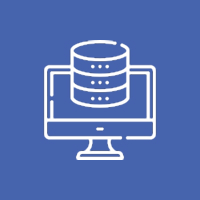









 Database Development
Database Development




